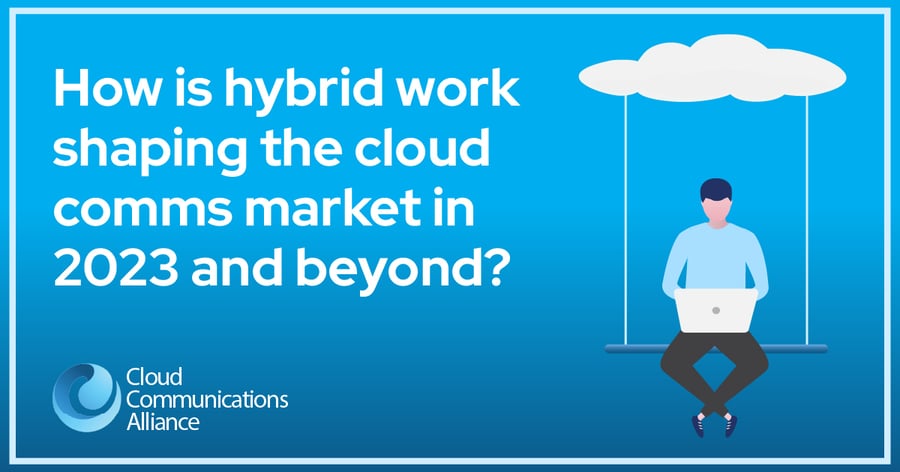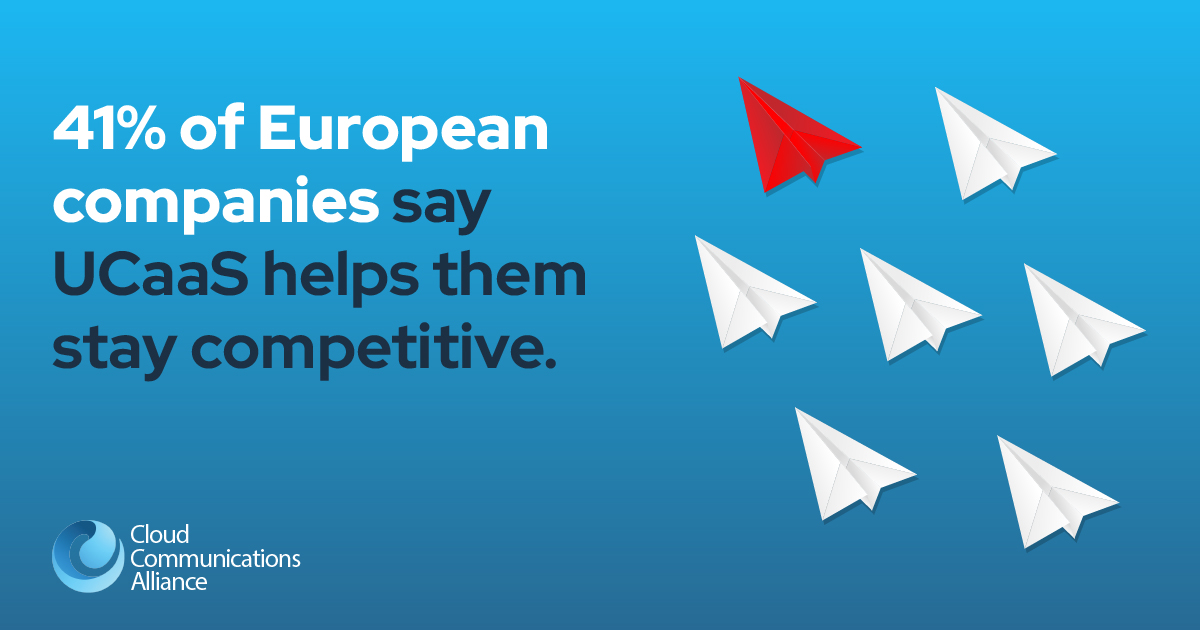3 Ways Hybrid Work Is Shaping the Cloud Communications Market in 2023

Last year, service providers finally gained some momentum after pivoting to meet consumer demands in the post-pandemic world. But although the dust has settled on COVID-19, providers are up against new obstacles. The primary challenge: staying relevant in the hyper-competitive cloud communications marketplace.
With the push to hybrid work models taking center stage, service providers are setting their sights on tools and features that support remote workers – while helping to differentiate their offerings. Keep reading for insights from our new research report detailing how cloud communication providers have adapted to meet hybrid work demands.
Online Sales Are on the Rise
While partners are still the lifeblood of cloud communication providers, we saw a significant shift toward online sales in 2022. Online sales only made up 7% of sales last year, but this channel will likely see the most growth in 2023 (10%). In contrast, direct account management sales – still holding strong as the top channel at 34% – are expected to drop as demand for accessible online marketplaces and self-service buying options rises.
The Competitive Landscape Has Changed
Cloud hyperscalers, including Zoom and Microsoft, were the biggest threat to service providers in 2021. However, a new threat is gaining ground: CCaaS and CPaaS providers. More consumers are turning to holistic platforms for an all-in-one approach to meeting hybrid work and customer service initiatives. To combat this, we expect to see a continued push toward UCaaS and CCaaS convergence for service providers going forward.
SaaS solutions, such as Slack and Salesforce, are not far behind on the list of threats. While many in the cloud communications market saw these as decreased threats, we anticipate these vendors will see more growth as UCaaS providers seek to differentiate their offerings.
Integrations Are a Top Priority
Integrations are the name of the game in cloud communications right now, with 77% of service providers offering Microsoft integrations in their portfolios. CRM and contact center integrations are also increasingly popular, particularly as more consumers call for packaged solutions rather than individual services.
But why are more service providers focusing on integrations? According to our research, many cloud comms leaders say they need to differentiate their platforms in the crowded marketplace, while others aim to add functionality for their target consumers.
Stay On Top of Trends With Exclusive Cloud Industry Research From the CCA
The cloud communications industry never stands still, so getting ahead of trends is essential for staying relevant. That’s why we’re sharing never-before-seen details about how service providers are evolving to accommodate new customer and employee demands in our latest research report.
Developed in collaboration with the Cavell Group, this report highlights original data from industry leaders in 2022 and key findings from 2021’s research to provide a holistic view of where the cloud communications market is going. Download your exclusive copy today to learn how sales processes and portfolios have changed, predictions for 2023-2024, and more.



